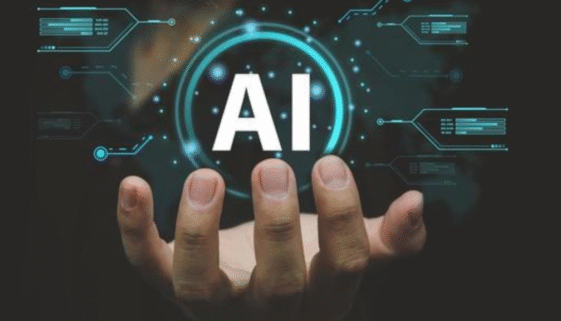Understanding Machine Learning: The Future of Intelligent Technology
Machine learning (ML) is rapidly becoming one of the most […]

Machine learning (ML) is rapidly becoming one of the most […]

What Is AI, Really? Artificial Intelligence, or AI, might sound […]